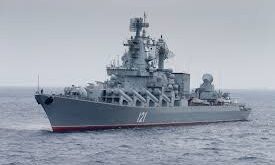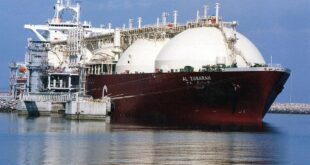Trade in Russian crude loading for Asia in March has come to a screeching halt as tanker rates are soaring and shippers are scrambling for non-sanctioned vessels following the latest U.S. sanctions on Russia’s oil supply, Reuters reports, citing shipping data and trade sources.
The Biden Administration’s farewell sanctions on Russian oil trade were the most aggressive yet and sanctioned dozens of vessels that Russia used to ship the ESPO crude blend from Kozmino to China’s independent refiners.
The U.S. on January 10 imposed sanctions on Russia’s oil, designating two major Russian oil companies, Gazprom Neft and Surgutneftegas, as well as 183 vessels, dozens of oil traders, oilfield service providers, insurance companies, and energy officials.
Many of the vessels, specialized tankers, and shuttle tankers transporting Russia’s oil from the Arctic and Far East Pacific fields and production clusters to Asia have now been sanctioned.
As Russia’s top buyers in Asia – China and India – prefer to steer clear of sanctioned tankers and entities involved in the trade, the freight rates for shipping Russian crude to its biggest buyers have soared.
The number of available tankers has plunged, while the number of confirmed tanker journeys globally hasn’t changed too much.
As a result, a wide gap has emerged between buyers and sellers in China, according to Reuters’s sources. The ESPO offers for cargoes loading in March from Kozmino to China have jumped to a premium of between $3 and $5 a barrel to ICE Brent on a delivered ex-ship basis (DES), up from below $2 per barrel premium before the latest U.S. sanctions, traders with knowledge of the matter told Reuters.
India has received clarification from the U.S. that the Russian oil tankers sanctioned earlier this month are allowed to discharge their crude at Indian ports until February 27.
Trade after February appears problematic right now, due to the surging shipping costs.
Russia is said to have started to reshuffle tankers to prioritize shipments to China. Aframax tankers that serviced crude exports from Russia’s western ports are now being redirected to the Russian Far East-China route to service the exports of ESPO, a favorite with Chinese refiners, Bloomberg reported last week, citing shipbroker and ship-tracking data.

 Iran Energy News Oil, Gas, Petrochemical and Energy Field Specialized Channel
Iran Energy News Oil, Gas, Petrochemical and Energy Field Specialized Channel



